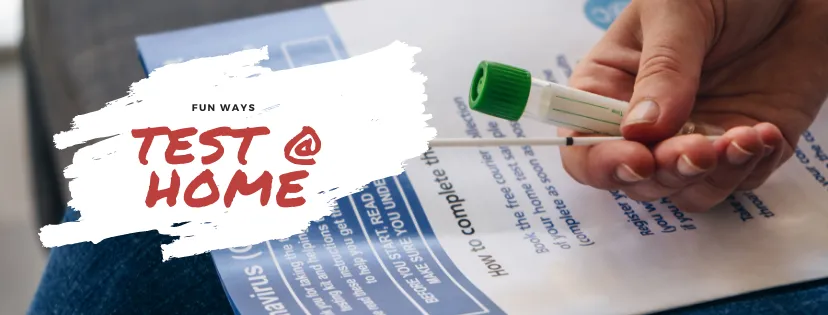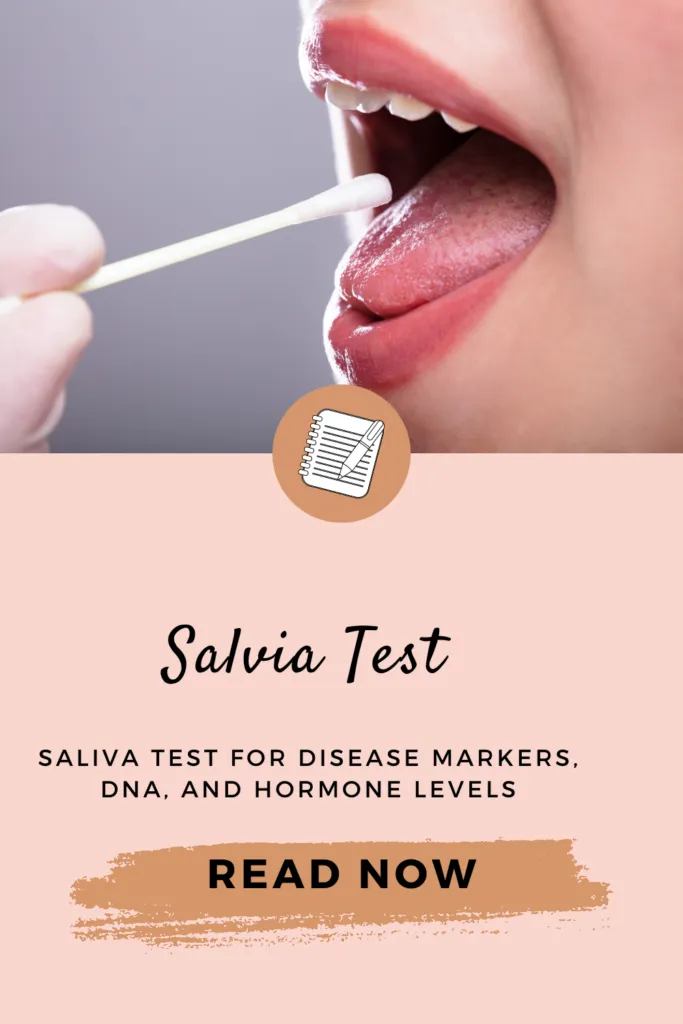Talking about health isn’t always fun. Going to visit your doctor for a health check-up is even less enjoyable.
For some people, access to healthcare facilities is limited and medical treatments are expensive. This can make it difficult for them to identify when there is something wrong.
Knowing how to test your health at home means that you can spot the signs of dysfunction in your body. This is helpful when you don’t have immediate access to a hospital or primary care center.
If you can identify potential problems before they progress onto something more serious. Luckily, there are now lots of great tests that you can do at home to check every area of your body.
Here are some fun and informative ways to check your health from the comfort of your own home:
Saliva Test for Disease Markers, DNA, and Hormone Levels
You can use a saliva collection kit to check for a range of different things. Your saliva can tell you a lot about the health of not only your mouth but also the rest of your body.
Saliva testing kits can check for disease markers, including those for gum disease and diabetes. It can also tell you about the DNA inside your cells and the levels of reproductive hormones (such as estrogen, progesterone, and testosterone) in your body.
Temperature Check for General Health and Ovulation
The normal body temperature for humans is around 37° C (98.6° F) but it can fluctuate slightly based on your metabolic rate and age. Even the time of day can affect your temperature.
Using a basal body temperature thermometer, you can get an accurate measurement of your internal temperature. This can tell you a lot about your overall health.
If your temperature is very low, it may indicate that there is an underlying problem, such as hypothyroidism or hormonal imbalances. A temperature reading that is too high can indicate infection.
You can use basal body temperature measurements to detect ovulation. You will get higher temperature readings just before you ovulate. If your basal body temperature is below 35° C (95.0° F) and does not change throughout the month, you may not be ovulating.
Ankle Color for Varicose Veins
Most of us don’t inspect our ankles on a regular basis. However, the ankle color test is quick and easy to do, and it can tell you a lot about the health of your veins.
Sit down and place your ankles together and compare the color of each one. Are they the same or is one ankle darker than the other? Does one ankle have a purple tinge or are there lots of small spider-leg-like veins noticeable on one side?
Varicose veins tend to be found in clusters and can give rise to purple or blue patches on the skin. They can be uncomfortable and unsightly. Their presence around your ankles indicates that there is venous insufficiency in the deeper veins of your legs.


